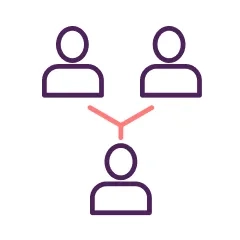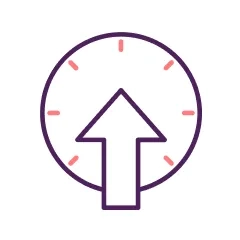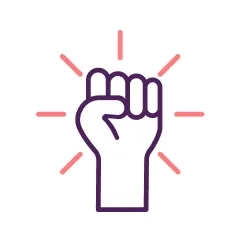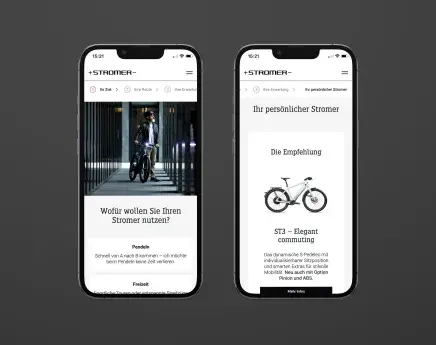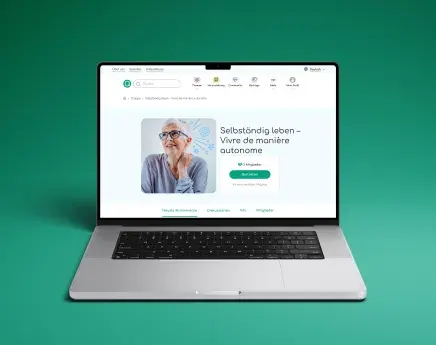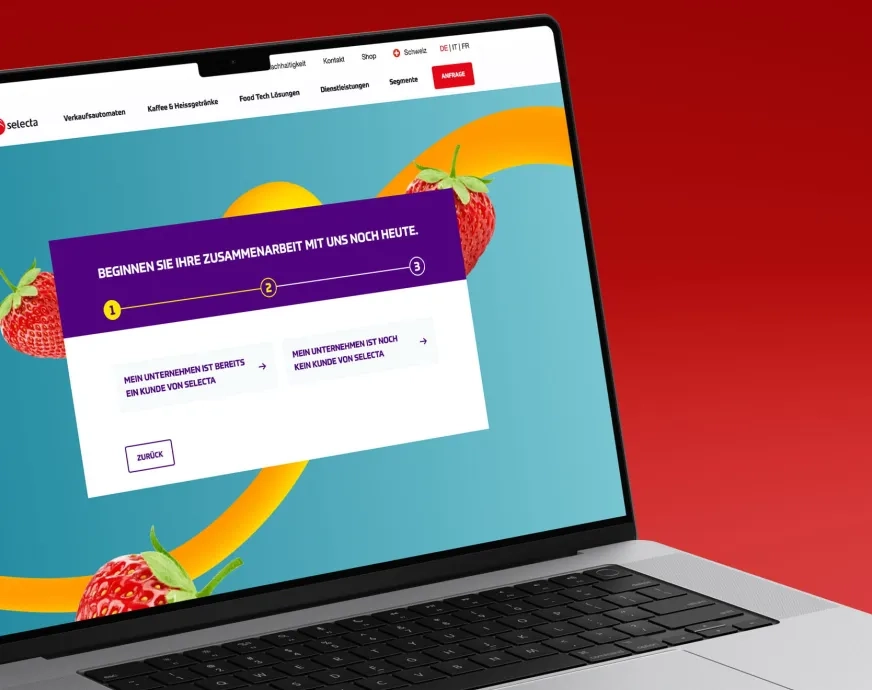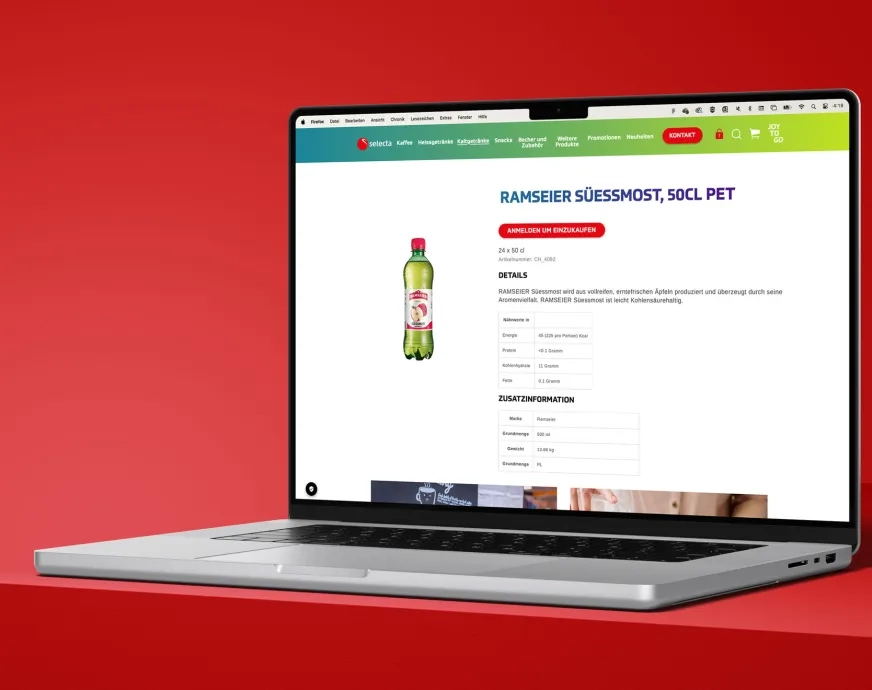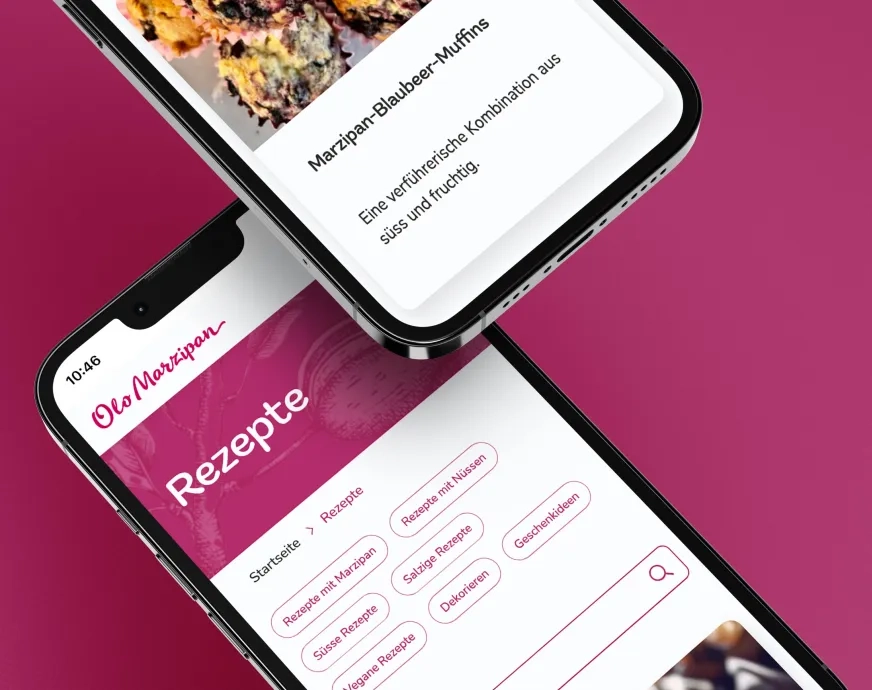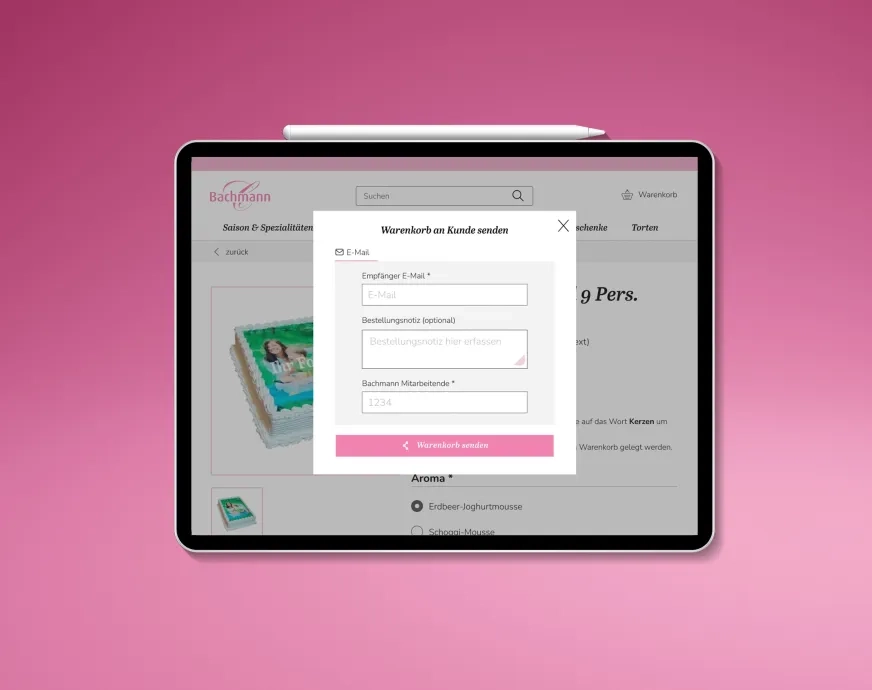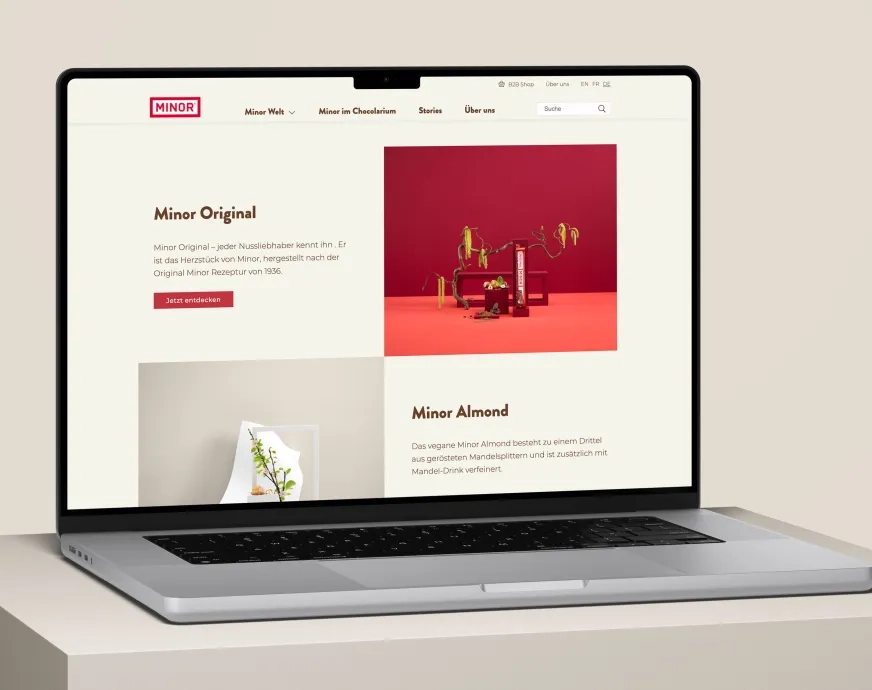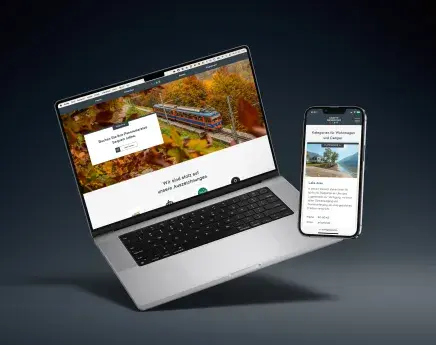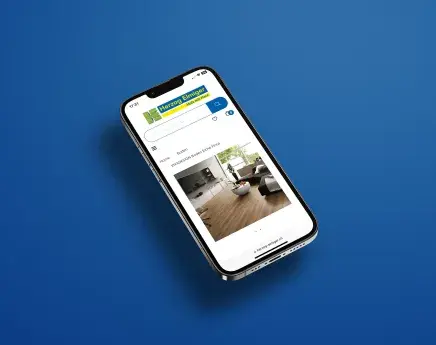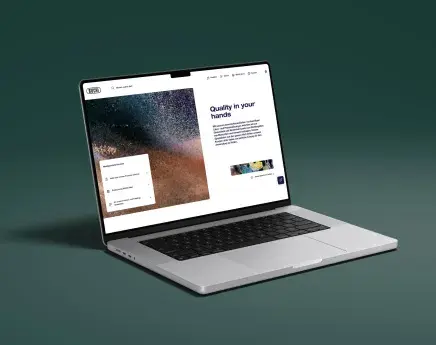Observation & Contextual Interviews
Other UX services
What are observation and contextual interviews?
Observation means collecting information about the actions, behaviour, or effects of the behaviour of a user. Observation can be used at various points in a project. At the beginning of a project, it provides fundamental insights into the behaviour of users and the problems they face. Observation can also be used to assess the completed product at the end of a project. Contextual interviews can be used alongside observation to confirm findings established during observation and gather additional information. To ensure that interviews focus on the context of use, they are always carried out in an appropriate environment. Using both methods in combination, we can identify the needs of your target audience and the problems they face. The results of the observations and contextual interviews can be carried over into personas or requirements documents.
How we approach observation
Planning
Observation
Reflection
Contextual interviews
Data analysis
Benefits of user observation and contextual interviews
Context of use plays a role
Understand your target audience
Can be carried out anywhere
No distortions
When are observation and contextual interviews useful?
Gain a deeper understanding: observation and contextual interviews enable us to gain a deeper understanding of how users act in a particular context and how they perceive their experiences and attitudes. This can help identify complex behaviours and relationships that might not be discernible when other methods are used.
Contextual relevance: as observation and contextual interviews are conducted in a particular context, the findings they generate may be especially relevant and may speak to the specific needs and challenges encountered in that context.


